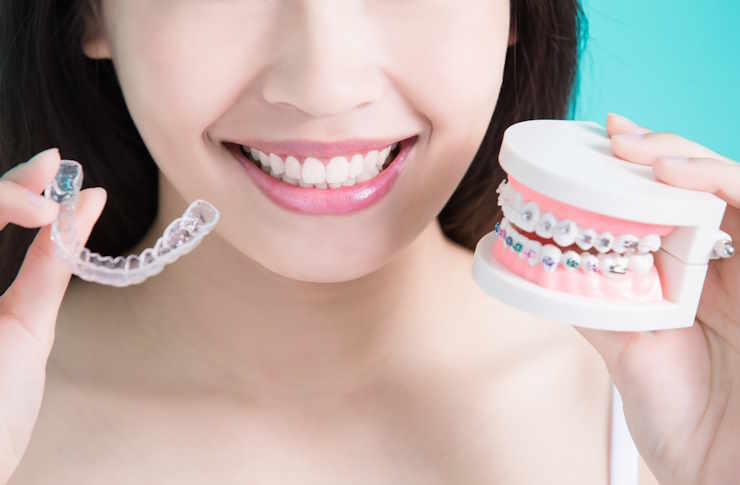Full Mouth Dental Implants Cost Overview in Australia 2025
Considering full mouth dental implants? This guide outlines the expected price ranges, key factors influencing costs, and available payment options in Australia for 2025. Understanding these aspects can help you plan effectively for this comprehensive dental treatment.

What are the current price ranges and estimates for full mouth dental implants?
Full mouth dental implants in Australia can vary widely in cost, depending on several factors. As of 2025, the estimated price range for a complete set of dental implants typically falls between $20,000 and $60,000 AUD. This range accounts for both the upper and lower arches, including the implants, abutments, and prosthetic teeth.
It’s important to note that these figures are general estimates, and individual cases may fall outside this range depending on specific requirements and circumstances. Some high-end treatments using advanced technologies or requiring extensive pre-implant procedures could potentially exceed $80,000 AUD.
What are the key factors affecting total treatment cost?
Several factors contribute to the overall cost of full mouth dental implants:
-
Number of implants required: The more implants needed, the higher the cost.
-
Type of implant system used: Premium brands or specialized implant designs may increase expenses.
-
Bone density and quality: Patients with low bone density may require bone grafting, adding to the total cost.
-
Complexity of the case: Challenging placements or existing oral health issues can increase treatment time and cost.
-
Practitioner expertise: Highly experienced implant specialists may charge more for their services.
-
Geographic location: Prices can vary significantly between urban and rural areas in Australia.
-
Additional procedures: Extractions, sinus lifts, or gum treatments may be necessary before implant placement.
What are the cost components for full mouth dental implants?
Understanding the breakdown of costs can help patients better appreciate the value of their investment:
-
Initial consultation and planning: This includes 3D imaging, treatment planning, and creating surgical guides.
-
Implant fixtures: The titanium posts that are surgically placed into the jawbone.
-
Abutments: Connectors that attach the implants to the prosthetic teeth.
-
Prosthetic teeth: Custom-made crowns, bridges, or dentures that attach to the implants.
-
Surgery fees: Costs associated with the implant placement procedure.
-
Anesthesia or sedation: Depending on patient needs and preferences.
-
Post-operative care: Follow-up appointments and any necessary adjustments.
-
Temporary prosthetics: Interim teeth worn during the healing process.
| Component | Estimated Cost Range (AUD) |
|---|---|
| Initial consultation and planning | $500 - $2,000 |
| Implant fixtures (per implant) | $1,500 - $3,000 |
| Abutments (per abutment) | $500 - $1,000 |
| Full arch prosthetic | $5,000 - $15,000 |
| Surgery fees | $3,000 - $10,000 |
| Anesthesia/Sedation | $500 - $2,000 |
| Post-operative care | $500 - $2,000 |
| Temporary prosthetics | $1,000 - $3,000 |
Prices, rates, or cost estimates mentioned in this article are based on the latest available information but may change over time. Independent research is advised before making financial decisions.
What are the available payment and financing options?
To make full mouth dental implants more accessible, various payment and financing options are available in Australia:
-
Health insurance: Some private health insurance plans may cover a portion of the implant costs, particularly if deemed medically necessary.
-
Payment plans: Many dental practices offer in-house payment plans, allowing patients to spread the cost over several months or years.
-
Medical credit cards: Specialized credit cards for healthcare expenses often feature interest-free periods for dental procedures.
-
Personal loans: Banks and financial institutions provide personal loans that can be used for medical expenses, including dental implants.
-
Superannuation early release: In some cases, individuals may be eligible to access their superannuation funds for medical treatments.
-
Government assistance: Limited programs may be available for eligible patients, such as those with specific medical conditions or veterans.
It’s advisable to discuss financing options with your dental provider and explore various alternatives to find the most suitable arrangement for your financial situation.
In conclusion, full mouth dental implants represent a significant but potentially life-changing investment for many Australians. By understanding the various cost factors, components, and financing options available, patients can make more informed decisions about their oral health care. As technology and techniques continue to advance, it’s possible that costs and treatment options may evolve, potentially making this transformative procedure more accessible to a broader range of individuals in the future.
This article is for informational purposes only and should not be considered medical advice. Please consult a qualified healthcare professional for personalized guidance and treatment.




